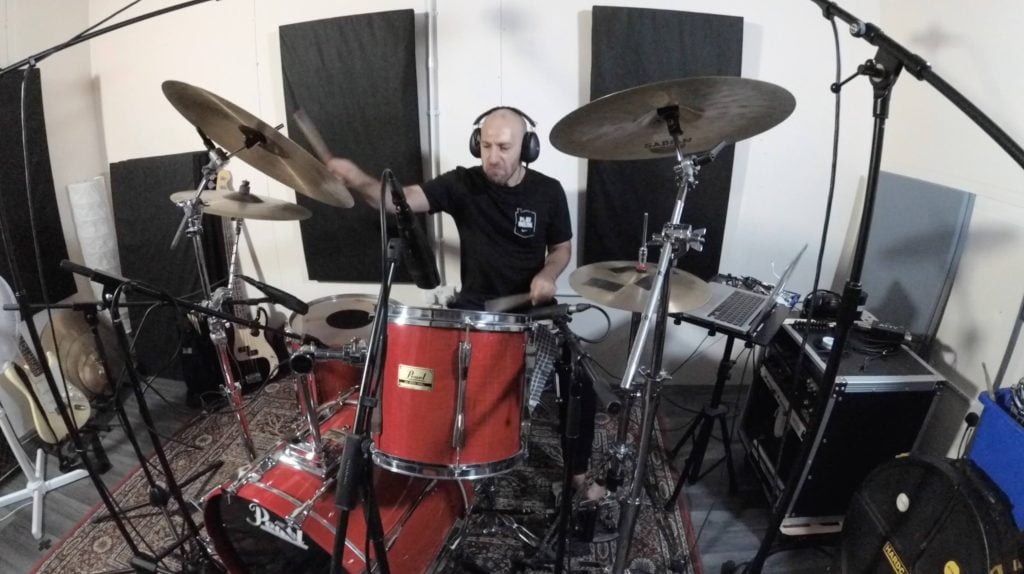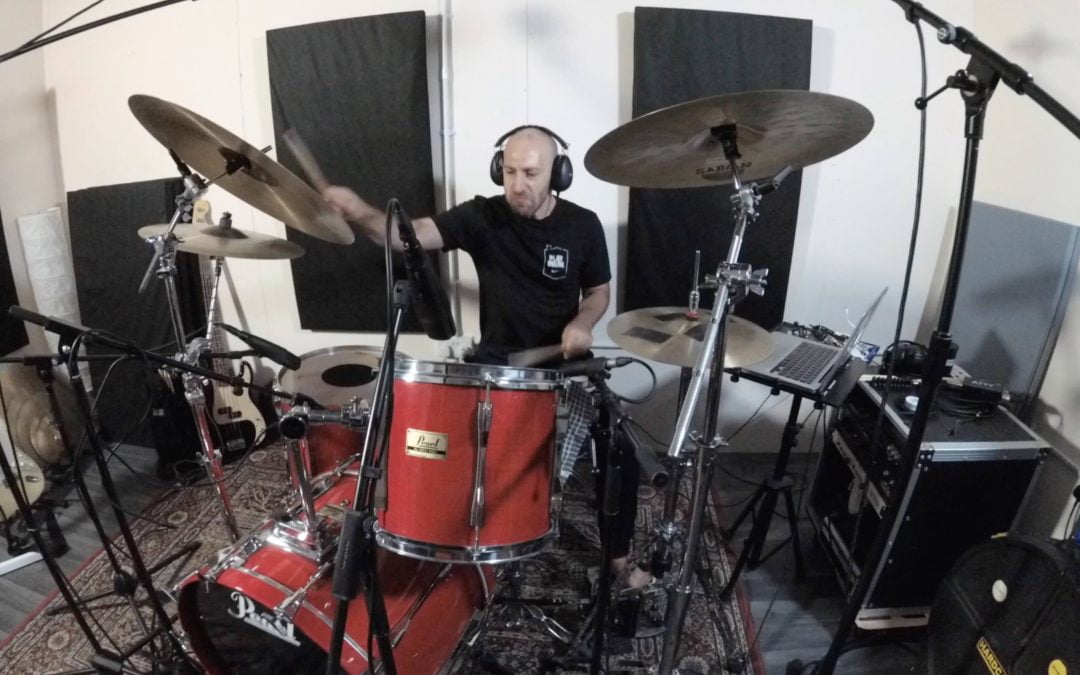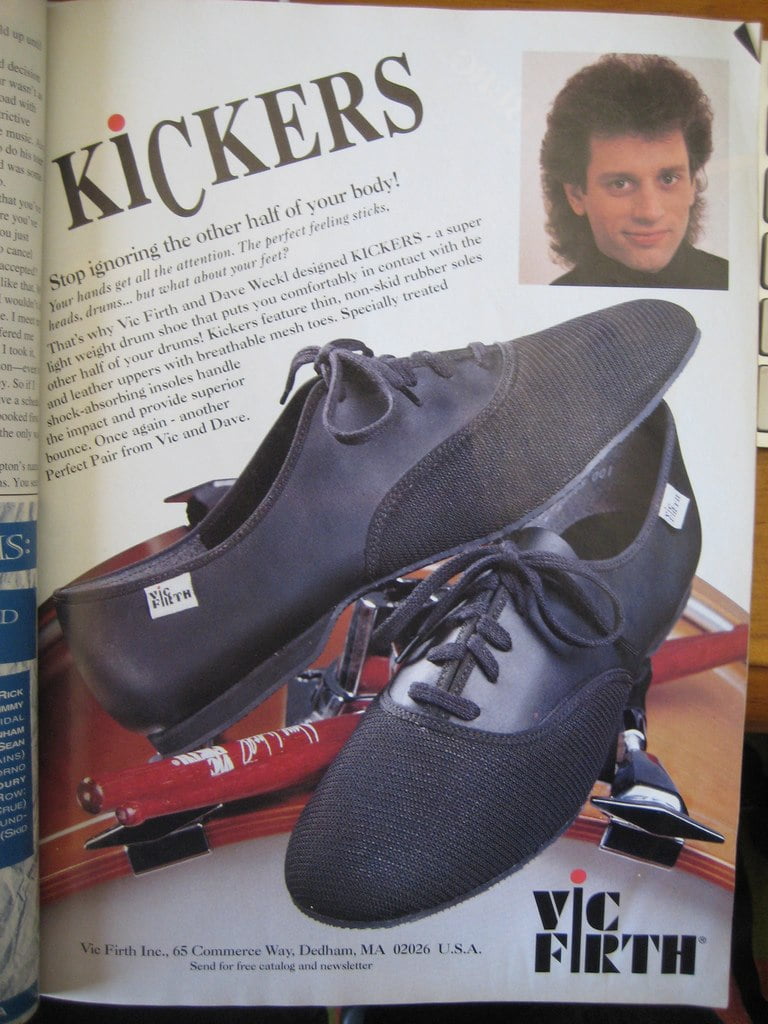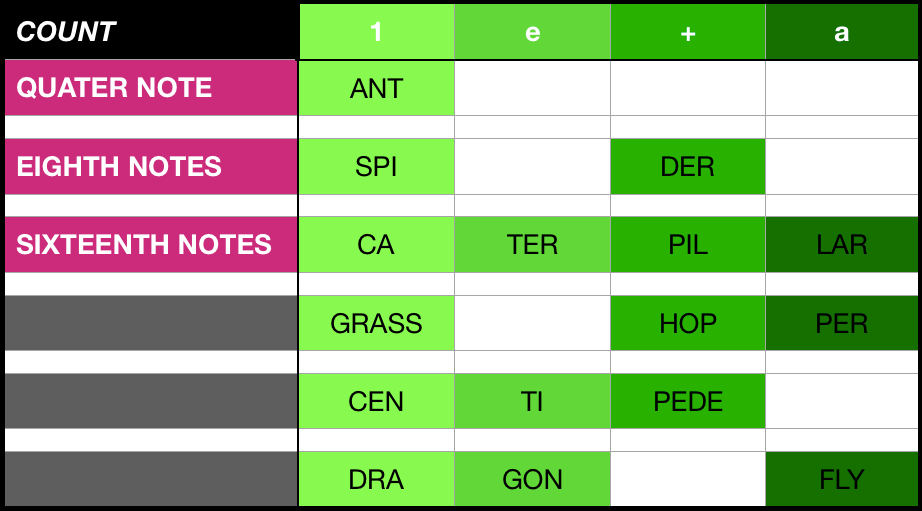
How To Use The Metronome: Reframing How You Think About It
HOW TO USE THE METRONOME
You think you know how to use the metronome? Well, if you to be boring or even scary, you might be doing it wrong! Let’s reframe this awesome tool and make it enjoyable; as it should be! Ultimately, using a metronome to practice with is a skill that will help you loads on your journey to become a great drummer. Want more tips? Check out my drum lessons!
Let’s start with a brief historical context.
The metronome as we know it was invented in 1814 / 1816, and musicians have been using it ever since. In fact, one of the earliest recorded instances of its use was by Beethoven in 1817. Now, fast forward to 1940 when the metronome was first used in a recording; the soundtrack to Walt Disney’s Fantasia. However, thanks for the World War 2, the click track did not surface again until the 1980’s when MIDI sequencing and quantising became popular.

Fantasia is a wonderful film! Definitely check it out.
Traditionally, bands rely on us drummers to keep time and make the music feel good. That said, by the 1980’s advances in recording technology and the evolution of certain genres required drummers be able to perform to a click.

Recording in the studio.
And whilst it isn’t always required in the studio or live, it’s a must! You have to know how to use a metronome to develop solid time!
HOW TO USE THE METRONOME: REFRAMING
Your Personal Cowbell Pal
Agreed, harsh digital click sounds on the metronome can be quite robotic and uninspiring. However, some metronomes have the option to change the sound of the click to a cowbell! And with that, we can change our focus to make the click groove and feel good!
Listen to legendary session bassist Carol Kaye talk about how to use the metronome in this way at the 10min mark HERE. Lastly, Frozen Ape’s Tempo and their more advanced Tempo Advance apps let you change the click sound to a cowbell. Worth checking out both here!
Clinging To The Clave
Another great way to approach practice with a metronome more musically is to use a clave to keep you in time. But hold on, what’s a clave? It’s a repeating rhythmic pattern at the centre of a song or groove. Consequently, the idea is to internalise the clave as a melody, and help it inform whatever you’re playing on top of it with its inherently rhythmic and musical theme.
Drew Milloy’s the Clave app, with its simple interface and good choice of claves is a brilliant tool in your toolbox!
The Gap Click
Another way to reframe the way you think about how to use the metronome is by turning it into a game.
Benny Greb’s brilliantly simple Gap Click is an excellent way to develop your internal clock in a fun way. It works by letting you specify how many bars you’d like to hear with a click and how many without. Furthermore, it allows you to choose more intricate subdivisions to strengthen your time.
Here’s Benny talking about it.
It’s a great app, which I use regularly, and it won’t break the bank; it’s a great investment to help develop yourself.
More notes vs. less notes
Similar to working with a gap click, another interesting take on using a metronome is what subdivision you set it to play. Think that the smaller the subdivision (i.e. semi-quavers / sixteenth notes), the more reference points, the more you work on your stroke accuracy. Conversely, the less notes you use, the game becomes more about your steadiness.
HOW TO USE THE METRONOME: ALTERNATIVES
Whilst not strictly a the same, the following ideas are great alternatives to a click if you’re still unsure about how to use the metronome!
Playing to music
Using the music that you enjoy or want to play means you’re playing along to that particular drummer’s feel. This is a fantastic way to develop your time feel. You’ll understand, particularly if you’re learning songs from different genres and bands, all with their own time feels… The more you hone in on every stroke, the clearer the differences in feel will become.
A great app called Moises lets you upload tracks to it, then cleverly separates the song into individual instruments (e.g. drums, guitars, bass, vocals, keys, other). You can then mute, or lower the volume of, your preferred components to either isolate your instrument to listen to it more clearly, or turn down your instrument for you to play along to the track unencumbered.
Backing tracks
In my experience, backing tracks tend to be recorded very metronomically (unless you’re playing to a band’s song where the drums have been removed). This is great as, in a way, you’re listening to a “musical metronome”, forcing you to play solidly. This channel is one I use regularly, as it’s got tons of great tracks.
Use / create your own loops
Loops are a great way to practice musically and metronomically. iPad / iPhone apps like GarageBand enable you to very easily and quickly create a quick loop based on a rhythm / melody for you to jam an idea to.
Here’s one I made a few months ago, and here’s the quick lesson to along with it.
E-Kit Metronome Functionalities
Brands like Roland and Yamaha’s electric drums offer fantastic functionalities for you to develop your time. Yamaha, who’s been ahead of the curve for years in this respect, offers the following training settings:
- Measure Break: the metronome inserts breaks into the click track each time it loops around; your job is to continue to play through the silence until you hear the click again.
- Groove Check: This training exercise measures how far behind or ahead of the beat your hits are. As you play to the click, Groove Check shows your hits in relation to a perfectly in-time quarter note. If your timing is rushing and you’re ahead of the beat, the hit marks will move to the left. If your timing is dragging and you’re behind the beat, the hit marks will move to the right.
- Tempo Up/Down: Use the Tempo Up/Down exercise to see how fast you can play and still maintain accurate timing. As you play along, the metronome will automatically increase the tempo if your timing is good, but will decrease the tempo if you need more practice playing in time.
- Change Up: In Change Up, your goal is to maintain accurate timing as you play along with up to seven different practice rhythms (subdivisions) that change every two measures. You can increase or decrease the tempo as you go along.
Read more about that here.
Thank you for reading! I hope you’ve found this article helpful. Please consider subscribing to my newsletter, as well as follow me on social media:
Nick 🙂



























